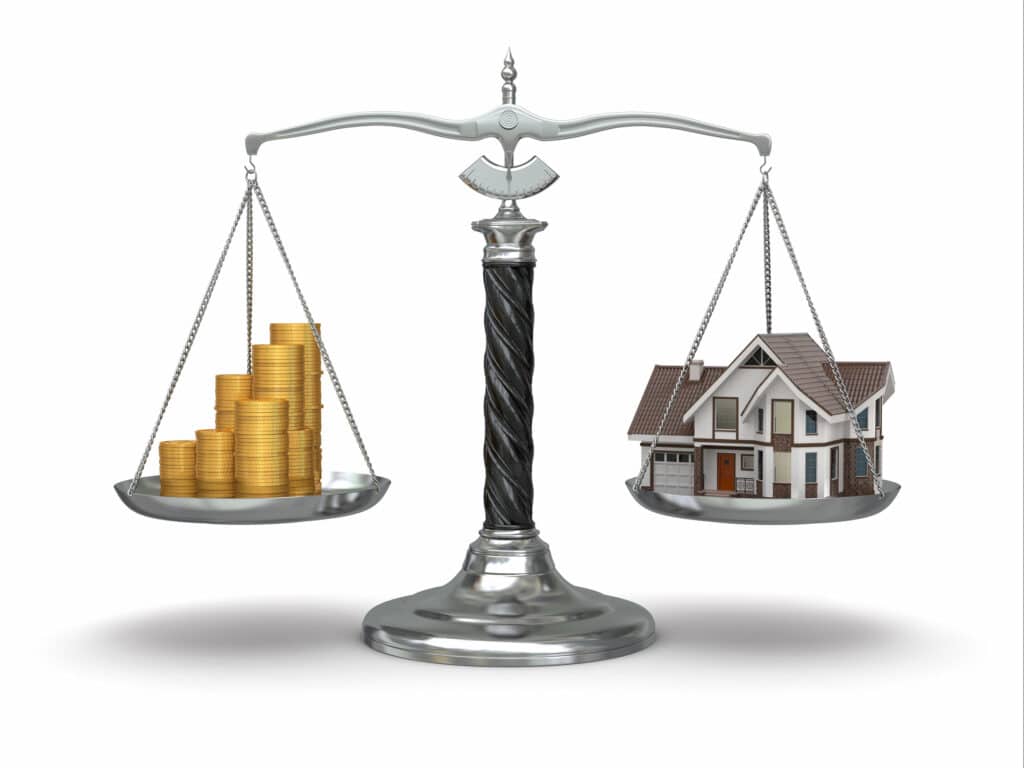Savvy real estate investors should know you can defer paying capital gains taxes when selling an investment property – perhaps forever – by swapping it for a similar one in a Section 1031 like-kind exchange. One advantage of this transaction is that by deferring capital gains taxes, investors preserve equity or purchasing power while moving from one investment property to another without it being reduced by taxes. Gains deferred this way are tax-deferred but they are not tax-free transactions.
Like-kind exchanges have been part of the Internal Revenue Code for more than 100 years since 1921. The tax-deferred like-kind exchange as we know it today was enacted in 1954 under Section 1031 of the tax code.
Isn’t this called a Starker exchange?
In 1979, the Internal Revenue Service disallowed a deferred like-kind exchange by the Starker family of Utah disqualifying it due to the delayed acquisition. The 9th Circuit Court of Appeals overruled the IRS, setting the precedent for today’s popular tax-deferred like-kind exchanges. Congress then adopted rules for Sec. 1031 exchanges requiring properties being acquired to be identified within 45 calendar days of the sale of the property being sold. The rules also required completion of the entire exchange transaction within 180 calendar days.
Sec. 1031 tax-deferred like-kind transactions exploded in popularity after passage of the 1986 Tax Reform Act. Significant tax law changes severely reduced the tax advantages of real estate investing and it became apparent that Sec. 1031 like-kind exchanges were one of the few remaining income tax benefits for investors in real property.
Tax Deferment Until Death Do Us Part
A major benefit of a Sec. 1031 exchange is that you can continue swapping properties and deferring gain for the rest of your life. When your heirs inherit your Sec. 1031 property, they’ll acquire it at its stepped-up fair market value, erasing all your tax-deferred tax debt.
In December 2020, the IRS and Treasury Department issued rules to clarify Sec. 1031, providing definitions and examples of what constitutes real property. There now is one set of rules with an asset-by-asset review that relies on facts-and-circumstances determinations to provide guidance on what satisfies the law.
So how does it work?
Taxpayers must comply with the rules and deadlines, or the tax-deferred exchange will fail. The transaction must be structured as a true exchange meaning you can’t take constructive receipt of sale proceeds to later purchase the replacement. Unless the trade is directly between two parties, investors must use a qualified intermediary to handle the sale and purchase to be able to defer capital gains taxes.
For example: You own a $2 million medical building as an investment. The building produces minimal cash flow. You would like to retire and invest in a higher rent multi-family property also valued at $2 million. If your adjusted basis in the medical building is $375,000, and if you sell it today for $2 million, you would owe long- term capital gains tax on $1.625 million of gain, or $325,000 at a 20 percent tax rate. Your proceeds from the sale would be only $1.675 million. To acquire another $2 million building, you would need either to contribute $325,000 from your funds or borrow to cover the $325,000.
Under the same scenario, if you execute a Sec. 1031 exchange, you can defer the $325,000 capital gains tax, giving you $2 million to purchase the replacement property, as long as you complied with the rules and,
- used a qualified intermediary to receive the sale proceeds;
- identified a potential investment property to acquire within 45 days; and
- completed the purchase of the replacement property within 180 days.
You then would have a $2 million investment property with a $375,000 adjusted basis. If you retain this investment until death, your heirs will inherit the property at its stepped-up basis. For example, if the property then is worth $3.5 million, your heirs can sell it for $3.5 million without owing any capital gains tax.
How do you compute the basis in the new property?
Taxpayers must calculate the adjusted basis of the relinquished property and keep track of their basis in the property acquired, as in our example above. If ultimately you sell the replacement property (not as part of another exchange), the deferred gain, plus any gain realized since the replacement property purchase, is subject to tax.
Beware of schemes
A final word of caution. Taxpayers should be wary of non-tax professionals pushing improper use of like-kind exchanges. Sales pitches may encourage taxpayers to engage in non-qualifying transactions exposing them to more taxes, penalties, and interest.
Sec. 1031 tax-deferred like-kind exchanges are a great way to defer taxes – perhaps forever – while building a ladder to increasing prosperity. Please contact us to learn how you can best take advantage of this strategy at (772) 257-7888 or info@tspfamilyoffice.com.



;)